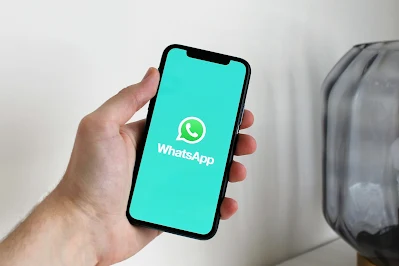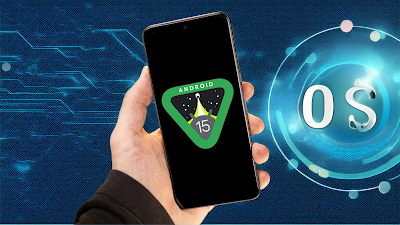The highly anticipated Motorola Moto G75 is set to make its official debut in the near future, and we are excited to share some exclusive images of the device in three different colors. Building on recent leaks that showcased the phone in two colors, we are pleased to introduce a third color variant, in addition to the previously revealed black and blue models.
A Closer Look at the Moto G75's Design
Our exclusive images, available in the gallery below, provide a comprehensive view of the Moto G75's design from various angles. The phone boasts a flat display with a display camera hole, while its bottom bezel is slightly thicker than the other three. The physical buttons are strategically placed on the right-hand side of the device, and the SIM card tray is accessible from the left-hand side.
The phone's sides are flat, with a subtle curve towards the edges, and the camera setup on the back features two lenses, despite four cutouts, all housed within a single camera island.
Key Specifications and Features
While the exact launch date remains unknown, we have gathered some key information about the Moto G75's specifications and features. The device is expected to be IP68 certified, with a military-grade rating for durability, ensuring it can withstand rough handling.
The phone will feature a 50-megapixel main camera, utilizing Sony's LYT600 sensor, complete with Optical Image Stabilization (OIS). A 6.8-inch fullHD+ display is also expected, along with a Qualcomm Snapdragon processor, although the specific model is yet to be confirmed. Additionally, the Moto G75 will come with Dolby Atmos, enhancing the overall audio experience.
Conclusion
While the Motorola Moto G75's official launch date remains a mystery, we are excited to have shared these exclusive images and details about the device. With its impressive specifications, durable design, and affordable price point, the Moto G75 is shaping up to be a compelling option for budget-conscious consumers. Stay tuned for further updates and announcements regarding this highly anticipated smartphone.





















